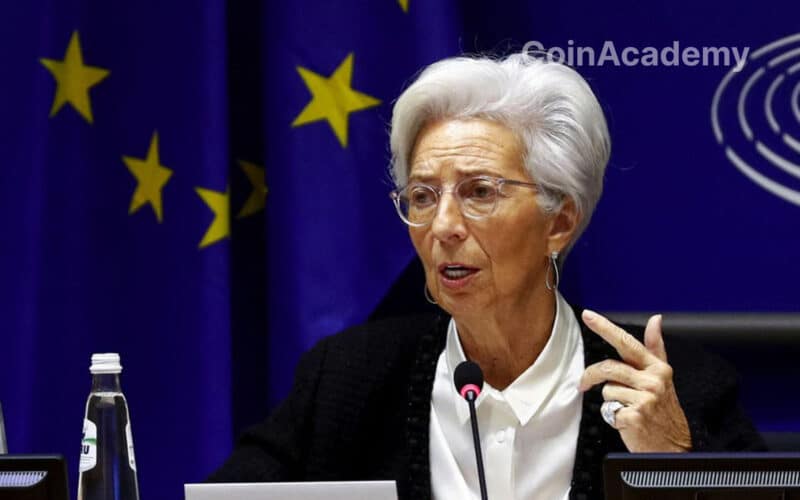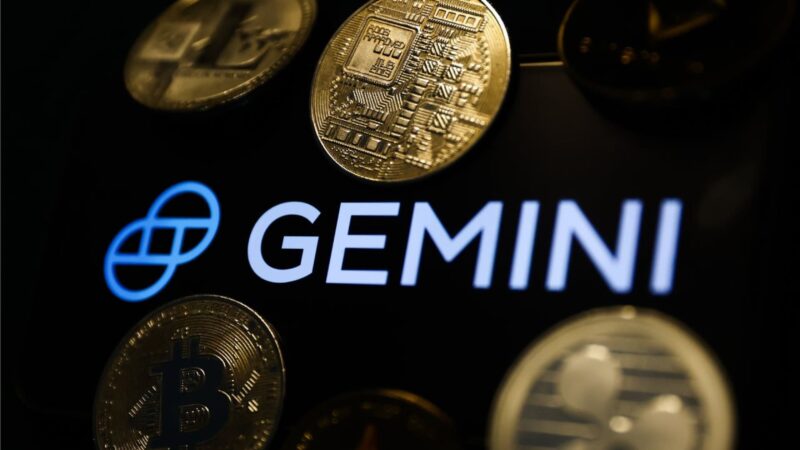|
Getting your Trinity Audio player ready...
|
ECB President Christine Lagarde has warned that the U.S. dollar’s reserve currency status “should no longer be taken for granted.”
The De-dollarization Trend
Lagarde shared her thoughts on the de-dollarization trend happening across the globe in an interview with the Council on Foreign Relations last week. She noted that the U.S. dollar has become “the international, the global reserve, and the transaction currency” with the euro in second place. She stressed that “new trade patterns may have ramifications for payments and international currency reserves.”
Lagarde explained that in recent decades, China has increased over 130-fold its bilateral trade in goods with emerging markets and developing economies, making it the world’s top exporter. She also stated that new trade patterns may lead to new alliances. Recent research has shown a significant correlation between a country’s trade with China and its holding in renminbi as reserves. Furthermore, alliances can increase the share of a currency in the partner’s reserve holdings by roughly 30 percentage points.
Potential Opportunities and Implications
According to Lagarde, the rise of de-dollarization and alternative currencies could create opportunities for certain countries seeking to reduce their dependency on Western payment systems and currency frameworks. She warned, however, that these developments do not imply an imminent loss of dominance of the U.S. dollar or the euro. So far, the data show no significant changes in the use of international currencies. Nonetheless, she emphasized that we should not take international currency status for granted and be attentive to the currency used for trade transactions.
The BRICS nations (Brazil, Russia, India, China, and South Africa) are reportedly creating a new type of currency that will further reduce their dependence on the USD. A growing number of countries are using local currencies for trade settlements instead of the U.S. dollar. These trends may lead to new alliances and trade patterns, which may affect payments and international currency reserves in the future.




